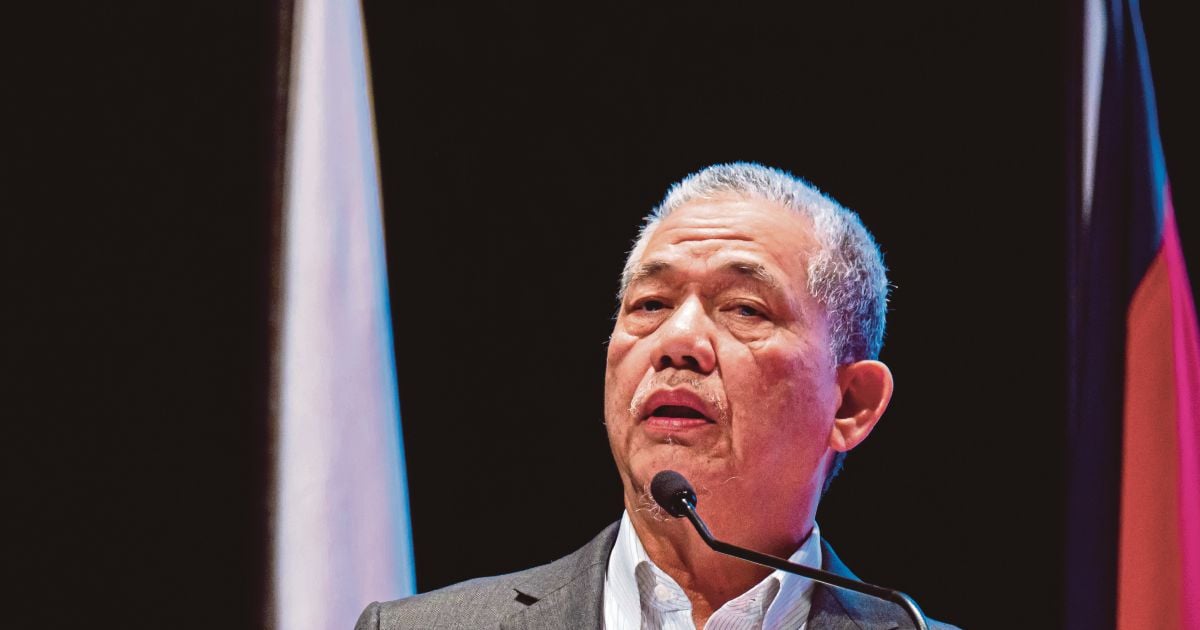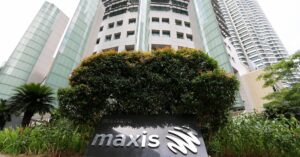KUALA LUMPUR: The newly revised electricity tariff structure for Peninsular Malaysia now includes clearer cost breakdowns, reflecting the true cost of power supply, said Energy Transition and Water Transformation Minister Datuk Seri Fadillah Yusof.
He said under the new structure, the details of Energy Charges, Capacity Charges, Network Charges, and Retail Charges for each user category are listed — unlike the previous structure, which only featured Energy Charges and a Minimum Charge component.
Fadillah explained that the revised tariff ensures fair and equitable cost distribution across all users, while causing minimal changes for domestic consumers.
“Previously, we used the Imbalance Cost Pass-Through (ICPT) mechanism, based on fuel price evaluations every six months. Each half-year, we’d calculate the average increase in gas, coal, and other factors. That component was reviewed every six months.
“But now, we’ve moved to the Automatic Fuel Adjustment (AFA), which is evaluated monthly. So, every month we will know the rate, and it is projected forward,” he said during Minister’s Question Time in the Dewan Rakyat today, in response to a supplementary question from Datuk Abdul Khalib Abdullah (PN-Rompin).
Fadillah was also responding to a question from Dr Mohammed Taufiq Johari (PH–Sungai Petani), who asked about the objective of the new tariff schedule in achieving energy transition goals and long-term sustainability, as well as the government’s response to claims that the new tariffs are burdensome and how it plans to address public confusion and concern over the policy.
Tenaga Nasional Bhd (TNB) had previously announced that under the new structure announced by the Energy Commission (ST), consumers can now view a detailed breakdown of every sen spent on electricity via a more comprehensive bill format.
The new structure, approved by the government under the Incentive-Based Regulation (IBR) mechanism, is in line with Section 26 of the Electricity Supply Act 1990.
According to the official myTNB website, bills will now display a breakdown of three key components: Generation Charges, Network Charges, and Retail Charges.
This aims to improve transparency and user understanding of electricity billing.
Generation Charges include the cost of fuel, generation capacity, and global fuel price adjustments, while Network Charges cover transmission operations and system maintenance and Retail Charges include customer service, billing, and account management costs.
Fadillah elaborated that domestic users consuming below 600 kilowatt-hours (kWh) are exempt from the AFA.
However, those using more than 600kWh will be charged based on the cost of energy sources such as gas and coal.
“Because fuel and gas prices have dropped, for August 1 to 31, a rebate of 1.545 sen per kilowatt-hour will be applied due to the price decrease.
“This is now done monthly — not every six months — meaning the values are more accurate and transparent according to current market conditions,” he added.
Fadillah noted that the revised structure is more transparent and can help educate consumers about the various cost components involved in electricity supply.
“This is an early step to raise awareness and educate the public to become energy-smart consumers, in line with the national energy transition agenda,” he said.
He also explained that tariff rates in the new schedule are no longer based on economic activity but on voltage connection levels.
This aims to ensure non-domestic users are charged based on the actual cost of electricity supply and to prevent discrimination based on business sector.
“This also supports sustainability by creating a level playing field for participation among non-domestic users.
“Transparency in cost components may also encourage non-domestic users to explore renewable energy sources as more competitive alternatives, while contributing to corporate social responsibility in achieving net-zero carbon emissions by 2050,” he said.
To ensure the public understands the new tariff structure, Fadillah said his ministry, together with the Energy Commission (ST) and TNB, have released a series of infographics to educate users on the newly introduced components — energy charge, capacity charge, network charge, retail charge — and the AFA component, which replaces the previous ICPT mechanism.
© New Straits Times Press (M) Bhd






